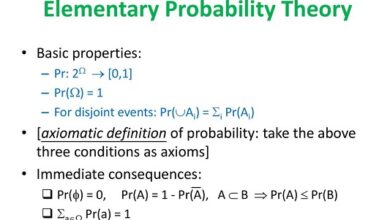How to analyze an article/critical analysis/usages/9 steps
What is critical analysis?
In general, critical analysis is an in-depth study of an article or any other type of work. Then, it is time to study the details of the work, such as: How to analyze an article?
- Negative points
- constructive criticism
- Strengths
- Concepts that were worked on
- Historical, political, social context
- Scientific method and methodology
- Other concepts and authors that dialogue with that text
In other words, critical analysis is a reflection on the positive and negative points of the work and how much the conclusions of the work interact and interfere with the subject you are working on. How to analyze an article?
What is critical analysis for?
Critical analysis serves, in short, to assess the quality of an article. It is a critical reading to identify and understand the writer’s arguments.
After that, it is possible to form your opinion about the work and about the subject as well.
9 steps on how to critically analyze an article
Here is a step-by-step guide on how you can critically analyze a work:
1. Understand what the research problem is
The first step is to understand the research problem and the general and specific objectives of the article. This is the starting point to understand the direction and object of study of the work. How to analyze an article?
2. Read the text carefully and highlight the important parts
Then read the text carefully. Create an organization for the important highlights. One way to do this is to sort by color.
You can, for example, mark with red all the concepts that you do not know; with yellow the important parts about theme X and in green about theme Y. You can separate what is important, what is controversial, what you need to check, in short.
It is also interesting to comment on the insights and relationships you are making.
3. Check unfamiliar technical terms and concepts
Once you’ve sorted out the concepts you don’t know and the technical terms, it’s time to look for the meaning. It is definitely not possible to understand (and criticize!) a text in its entirety, without understanding all its concepts and terms. How to analyze an article?
4. Identify the main ideas and thesis of the writer
Ask yourself what the main thesis of the text is. What are the conclusions reached? What are the writers’ ideas? What is the criticism that the text makes? Underline all these points in the text.
At this stage it is important to interpret in addition to the text, you must consider the factors that influenced the thoughts. Answer the following questions:
- What is the social, political and economic context in which it was written?
- What are the bibliographies that are faced?
5. Stay on top of the theme’s state of the art
After understanding the main idea of the text, seek to know the state of the art of that theme. That is: who are the other people who are also researching this subject? What do these people understand? What are their opinions and criticisms? How to analyze an article?
A tip for doing this is to read critical reviews and summaries of books and articles by these authors. After all, it is not always possible to have time to delve into all authors.
Keep in mind that some books and texts are classics on the subject. In general, the text is considered classic for three main reasons: i) it was the first to deal with the subject; ii) was the first to solve the problem; iii) brought a different perspective to the topic. But they are often obsolete. So check to see if these concepts have been updated by others.
6. Structure your opinion
Well, it’s time for you to form your opinion on the matter. For this, it gathers the favorable points and the points against the text. Check which ideas are fighting your opinion.
An important point in this is the translation of texts. If possible, check how the text was translated and if the translation respected the main position of the author or the main author. How to analyze an article?
7. Make entries
As you read this text (and even other texts), make notes to record the main ideas. These notes will save you time when writing.
8. Check for gaps in the text
Ask yourself which points the text did not address? What are the weaknesses of the arguments? This point has a lot to do with the opposing points you wrote down. It is extremely important that you structure the criticisms you will make.
9. Delimit contributions
Finally, check what are the important contributions that the text brings. What conclusions did you reach that are important for scientific knowledge? How to analyze an article?


